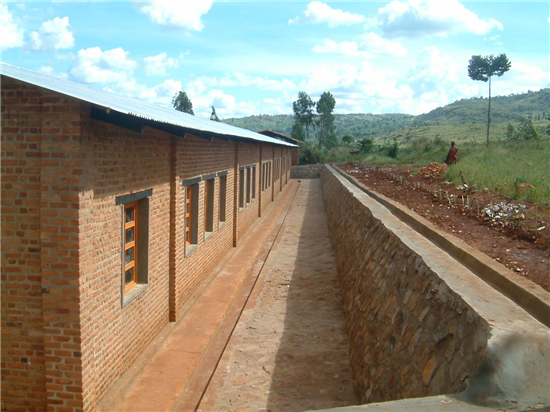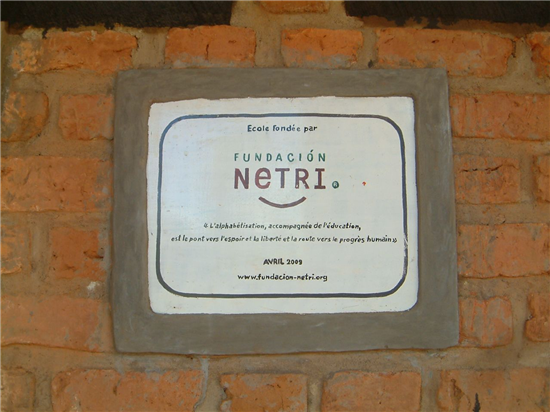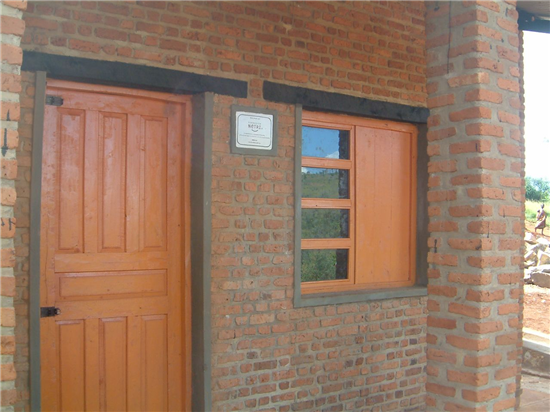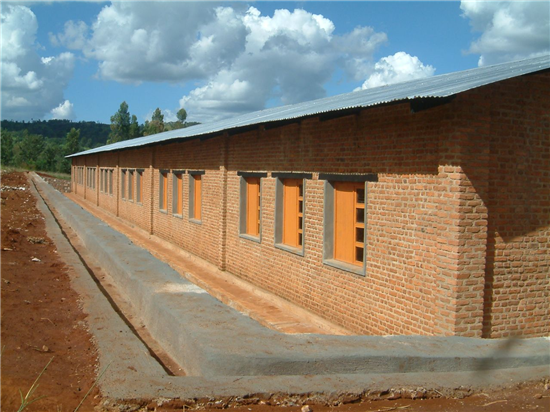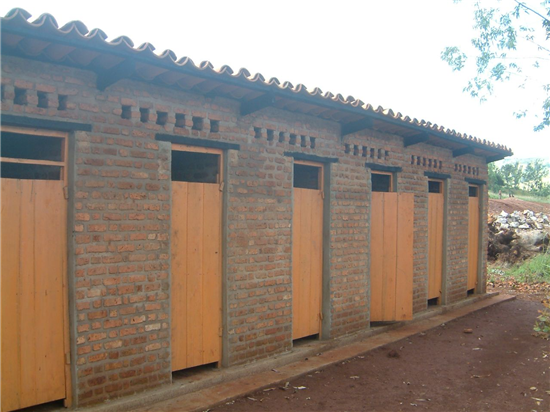Construction of a primary school
Burundi, 2008
Social Issue
Burundi, located in the unstable Great Lakes region, 15 years after the beginning of its war (1993-2005) and despite the establishment of a democratic government (in 2005), is still submerged in a terrible social and political quagmire and an economic crisis. The current GNP is €61/capita (the lowest in the world), 90.3% of its economy is based on subsistence agriculture, the foreign debt of €800 million is greater than the country’s GNP (€546 million), 87.6% of the population lives on €1.38/day, 66% suffers from malnutrition, the average daily wage ranges from €0.14 to €0.21 and the average life expectancy is 48 years (in Spain it is 79.7 years). The education sector has suffered these effects directly, especially in rural areas: An illiteracy rate of 41%, school attendance at 38%, overcrowded classes, a lack of facilities, and a large-scale exodus of students to the large towns (IDH data 2008).
It is necessary to build a school that responds to the hill’s educational needs, avoids the need for students to make long journeys to other educational centres and provides education from the 1st to the 6th year.
Our Response
The programme plans the construction and fitting out of a primary school with capacity for 600 students, along with administrative offices for teachers and a block of 6 toilets.
Expected Social Impact
Other benefits to the local community as a consequence of this project are:
- A reduction in the rate of school abandonment.
- Less overcrowding at other nearby schools.
- It reduces internal migration from rural to urban areas by promoting education and the establishment of educational resources in rural areas.
- It helps to consolidate the teaching profession in rural areas.
- It stimulates the local economy by increasing the local population’s income deriving from its construction (transport, labour, construction material, etc.)


